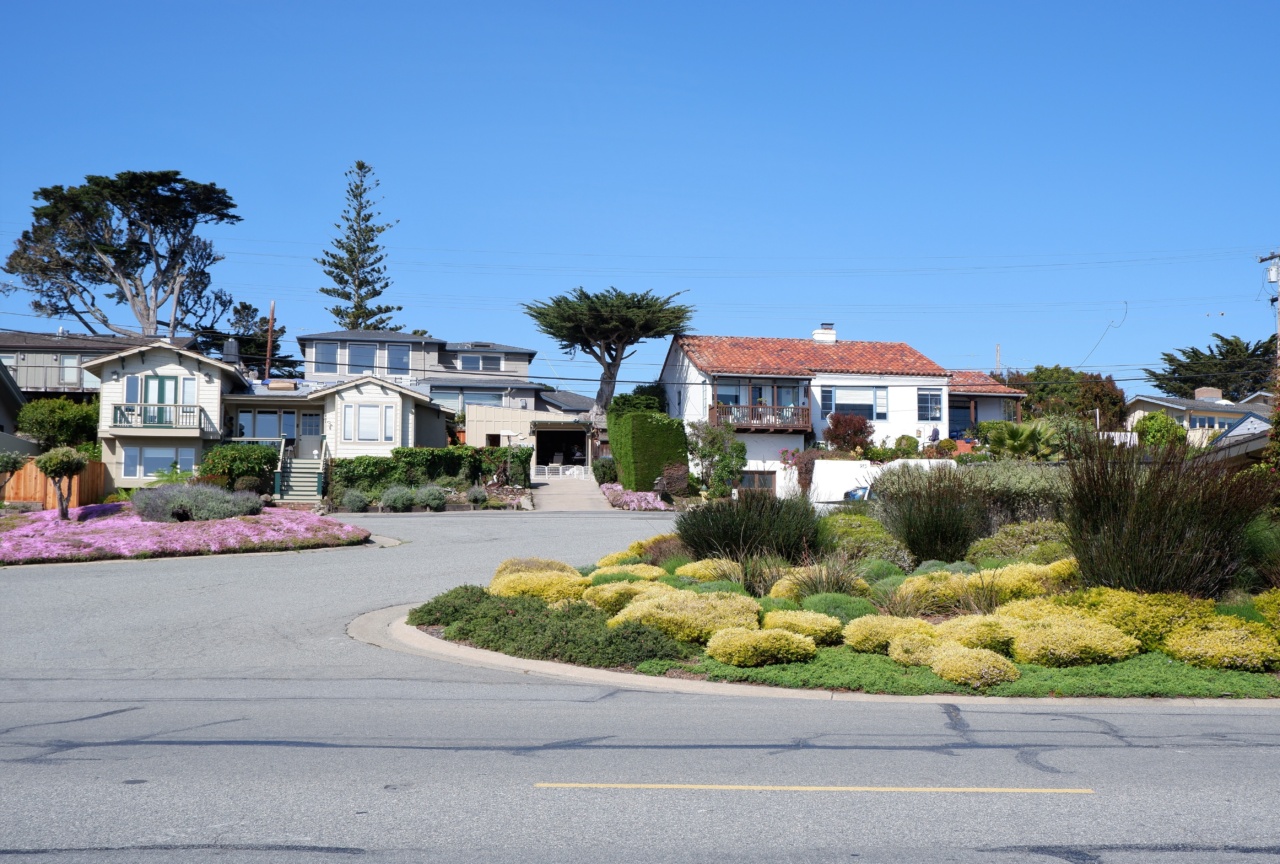Living in a neighborhood is often a mixed bag of experiences. On one hand, it can be a wonderful place to build connections, raise a family, and create lasting memories.
On the other hand, it may present challenges and issues that can affect the quality of life for its residents. One such weighty issue that many neighborhoods face is the question of maintaining a healthy and thriving community.
The Impact of Physical Environment
The physical environment of a neighborhood plays a crucial role in shaping the overall health and well-being of its inhabitants.
Factors such as the availability of green spaces, walkability, and access to amenities can significantly impact the physical and mental health of residents. A neighborhood riddled with pollution, limited green spaces, and a lack of recreational facilities can lead to a sedentary lifestyle, poor air quality, and increased stress levels among its residents.
Research has shown that individuals living in neighborhoods with poor environmental conditions are more likely to face health issues such as obesity, heart disease, and respiratory problems.
Without adequate access to sidewalks, parks, and safe cycling paths, residents may find it difficult to engage in physical activities, leading to a decline in their overall well-being.
Social Connectedness and Support
Another weighty issue that can affect the neighborhood is the level of social connectedness and support among its residents.
Strong social connections contribute to a sense of belonging and trust within a community, creating a support system that promotes resilience and overall well-being. Conversely, neighborhoods with a lack of social networks and community engagement can foster isolation, leading to feelings of loneliness, depression, and a higher risk of mental health problems.
Creating opportunities for residents to interact and form meaningful connections is essential in fostering a sense of community.
Neighborhood associations, community events, and shared spaces such as community gardens or recreational centers can play a vital role in bringing people together and nurturing a supportive environment.
Crime and Safety Concerns
The level of crime and safety in a neighborhood is another weighty issue that can greatly impact residents’ daily lives. Feeling safe and secure within their community is a fundamental need for individuals and families.
High crime rates can create fear, hinder community development, and adversely affect the overall quality of life.
Efforts to reduce crime and improve safety involve collaboration between residents, law enforcement agencies, and local government.
Neighborhood watch programs, increased street lighting, and effective policing strategies can help create a safer environment where residents can thrive and feel protected.
Economic Stability and Accessibility
Neighborhoods with economic stability and accessibility tend to have a higher quality of life for their residents.
Access to employment opportunities, affordable housing, and essential services plays a crucial role in ensuring the well-being of individuals and families. Unfortunately, many neighborhoods face economic challenges that can hinder their growth and development.
Solutions to address these issues involve investments in infrastructure, job creation programs, and affordable housing initiatives.
Collaborations with local businesses, non-profit organizations, and government agencies can help create sustainable economic opportunities and improve accessibility to essential services within neighborhoods.
Education and Lifelong Learning
Access to quality education is vital for the overall well-being and future prospects of individuals and neighborhoods.
The presence of good schools, libraries, and educational institutions within a neighborhood not only enhances educational opportunities but also contributes to the development of a knowledgeable and engaged community.
Investments in education, both formal and informal, can have a profound impact on a neighborhood’s future.
Offering adult education programs, promoting lifelong learning initiatives, and providing resources for skill development can empower residents and improve their chances of success.
Environmental Sustainability
Considering the weighty issue of our neighborhoods, it is crucial to address the aspect of environmental sustainability.
The choices we make as individuals and as a community have profound effects on our immediate surroundings and the planet as a whole.
Implementing sustainable practices within a neighborhood, such as recycling programs, promoting renewable energy sources, and reducing carbon emissions, can contribute to a healthier and more resilient community.
Community gardens, green roofs, and tree planting initiatives can also improve air quality, reduce stormwater runoff, and enhance the overall aesthetic appeal of the neighborhood.
Inclusivity and Diversity
Creating an inclusive and diverse neighborhood is pivotal to fostering a strong sense of community and belonging. Embracing diversity in all its forms empowers individuals and creates a welcoming environment for everyone.
Efforts to promote inclusivity involve initiatives that celebrate cultural diversity, equal access to resources and opportunities for all, and addressing systemic barriers that prevent marginalized groups from fully participating in community life.
Recognizing and appreciating the uniqueness of each individual can lead to a stronger and more harmonious neighborhood for all residents.
Engaging with Local Government
Active engagement with local government is essential in addressing weighty neighborhood issues.
Residents should voice their concerns, participate in decision-making processes, and work collaboratively with local officials to implement appropriate solutions.
Attending neighborhood council meetings, joining local committees, and advocating for necessary changes are effective ways to ensure that the voices and needs of residents are heard and considered.
By working together with local government, residents can help shape the future of their neighborhoods and create positive change.
The Way Forward
Addressing the weighty issues that neighborhoods face requires a collective effort from residents, community organizations, and local government.
By recognizing the importance of a healthy physical environment, social connectedness, safety, economic stability, education, environmental sustainability, inclusivity, and engaged governance, neighborhoods can become vibrant and thriving places for all who call them home.
Together, we can create neighborhoods that are not only desirable places to live but also serve as models for building stronger communities beyond our immediate borders.































